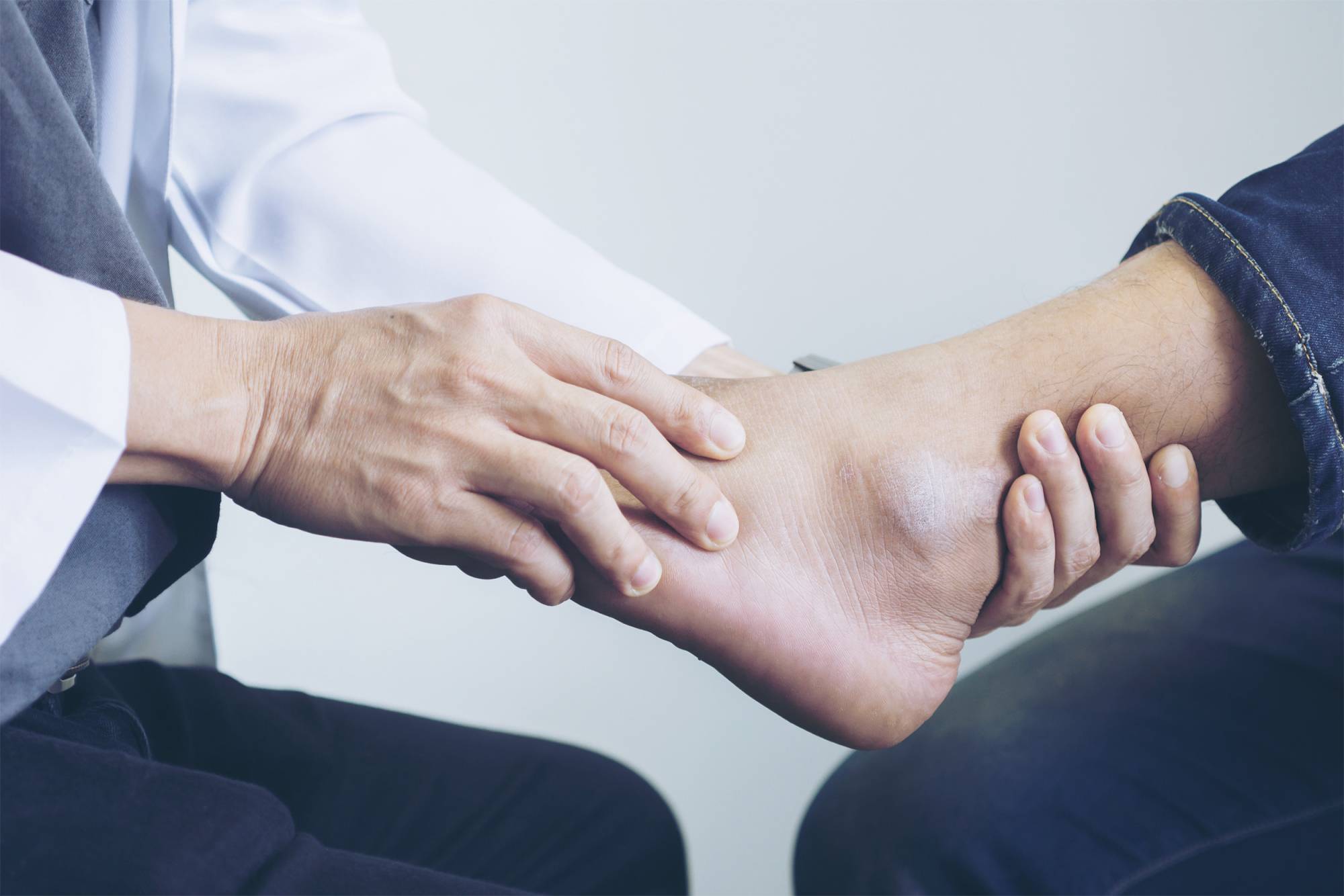Abstract
The efficacy of corticosteroid injections as a treatment for Ledderhose Disease (LD) has been minimally explored in scientific literature. This article presents a case series where two patients underwent a novel treatment combination of corticosteroid injection and fenestration, using triamcinolone acetonide, for painful LD nodules. Significant reductions in pain and lesion volume were observed 12 months post-treatment, suggesting this method may offer advantages over traditional treatments.
Introduction
Ledderhose Disease, part of the superficial fibroblastic proliferative diseases, involves benign fibrous proliferation of the plantar fascia. Despite the prevalence of surgical options, their high failure rates have prompted the exploration of non-surgical treatments, such as corticosteroid injections (CSI). This case series aims to shed light on the potential of CSI combined with fenestration for managing LD.
Case Reports
Case Report 1
A 54-year-old male with a history of painful swellings in the arch of his foot demonstrated significant symptom relief and lesion size reduction after receiving two rounds of intralesional corticosteroid injections combined with fenestration.
Case Report 2
A 55-year-old female with bilateral plantar nodules experienced substantial improvement in symptoms and lesion size following a similar treatment protocol as the first case, highlighting the consistency of positive outcomes with this approach.
Discussion
The use of triamcinolone acetonide in conjunction with fenestration techniques represents a promising non-surgical treatment for LD. This approach aims to reduce fibroblast proliferation and increase apoptosis rates, thereby managing LD nodules effectively. The preliminary success noted in these cases advocates for further research to establish this treatment's efficacy thoroughly.
Conclusion
This case series highlights the potential benefits of combining corticosteroid injections with fenestration in treating LD. Further studies are necessary to understand better the optimal stage for intervention and whether ultrasound guidance enhances treatment outcomes.

 Prendre rendez-vous
Prendre rendez-vous

